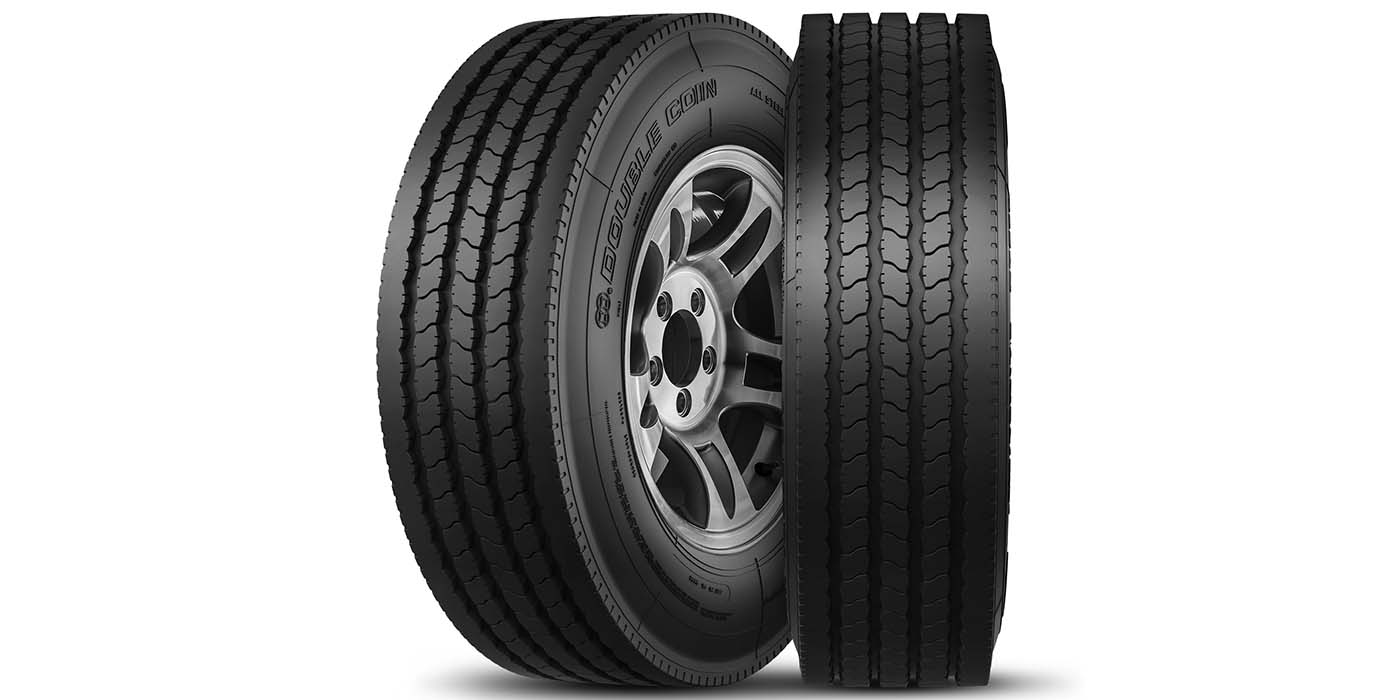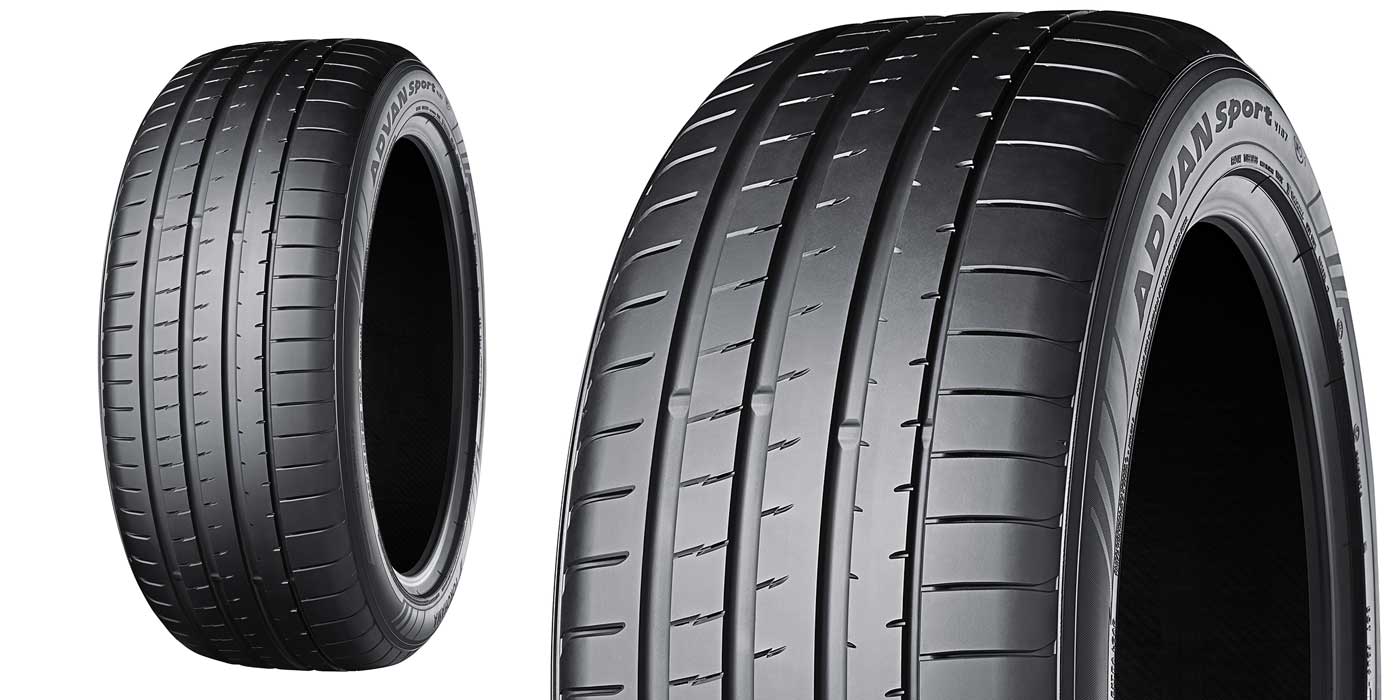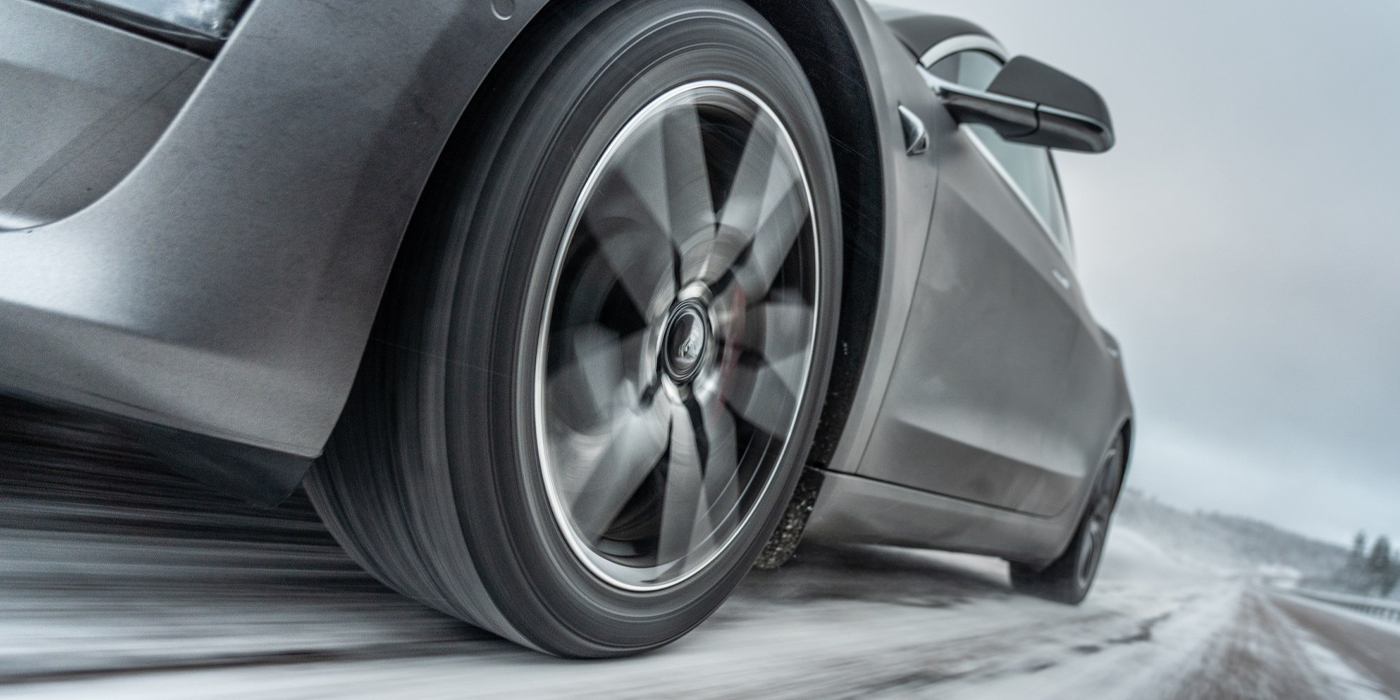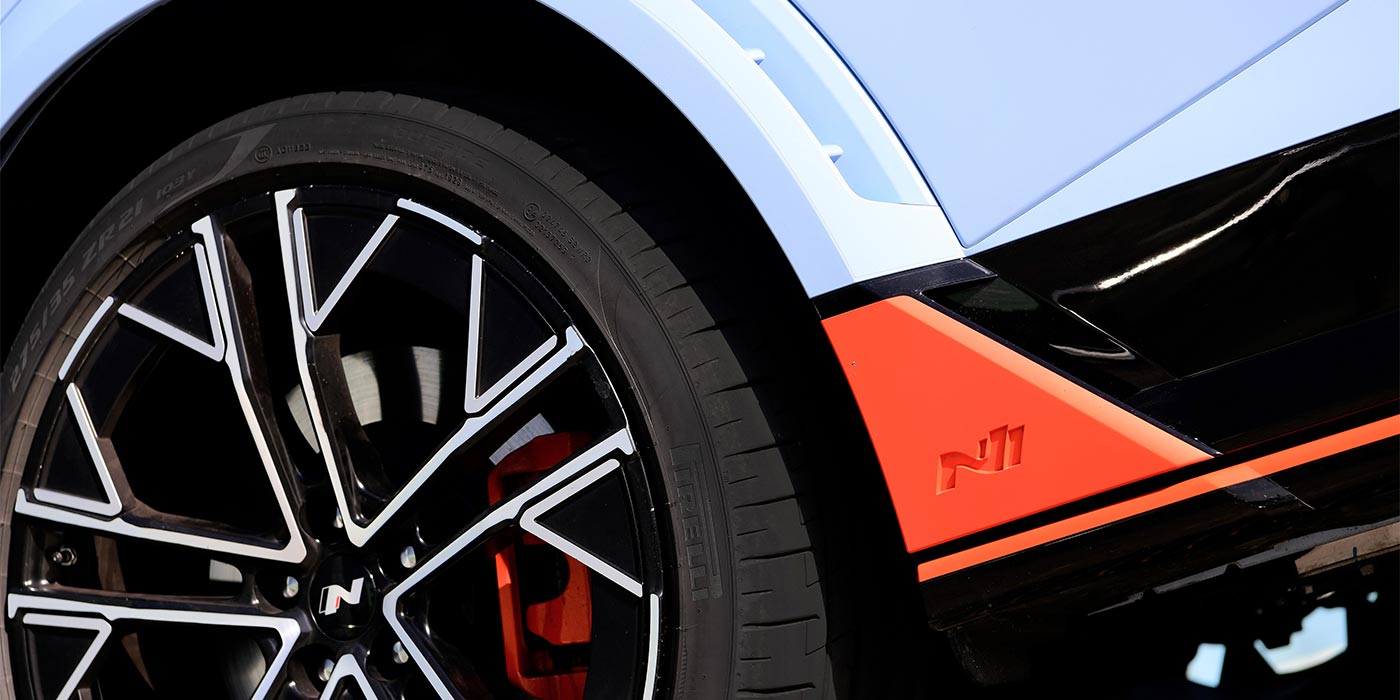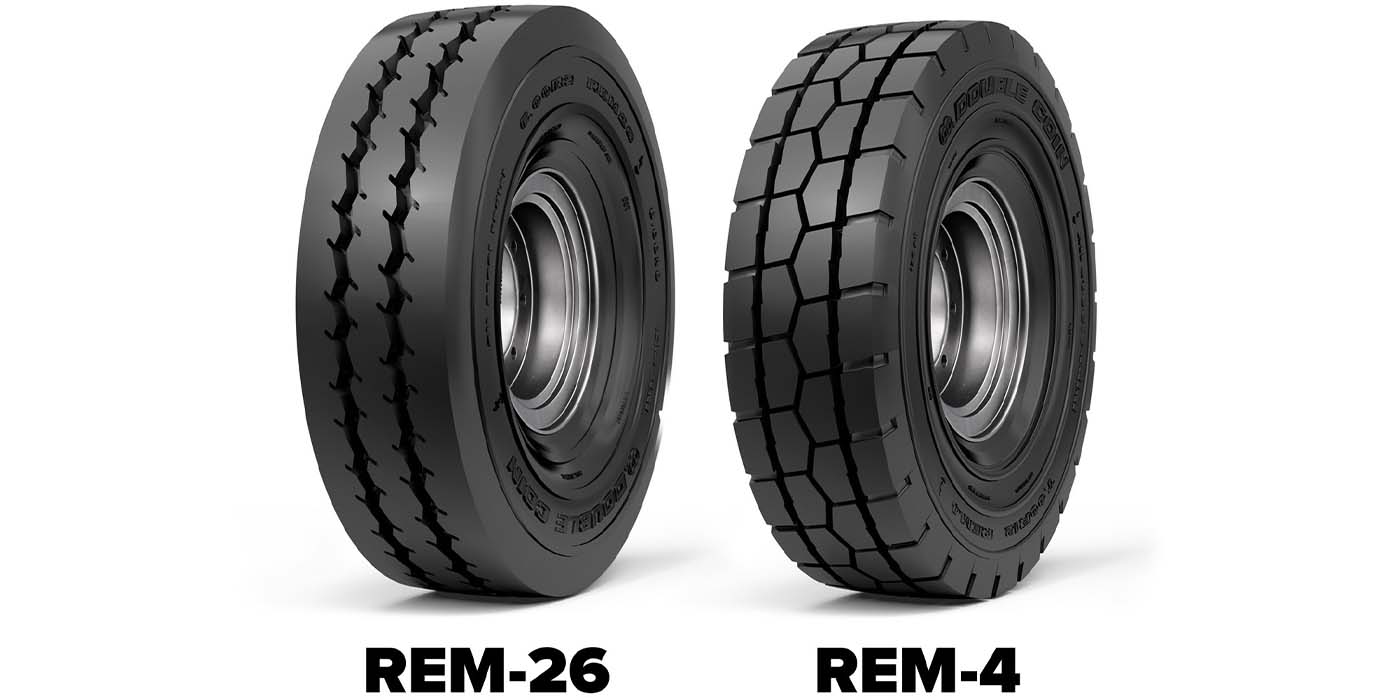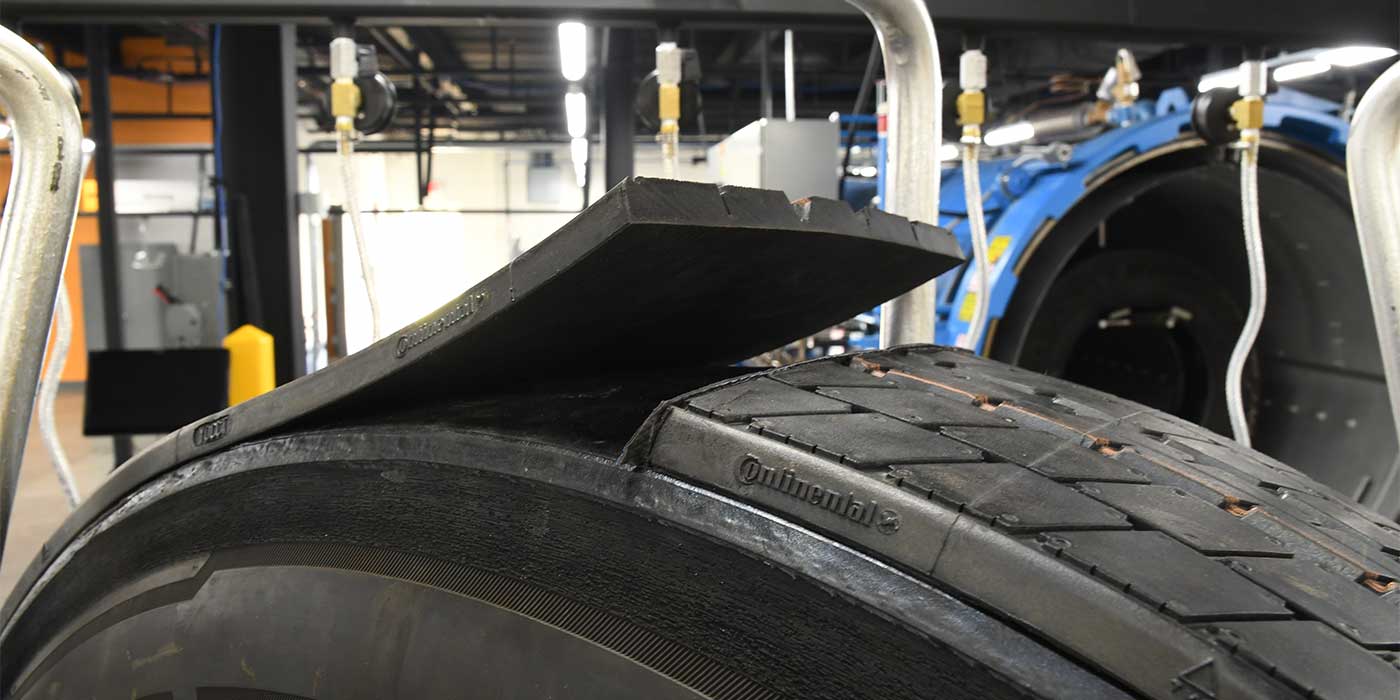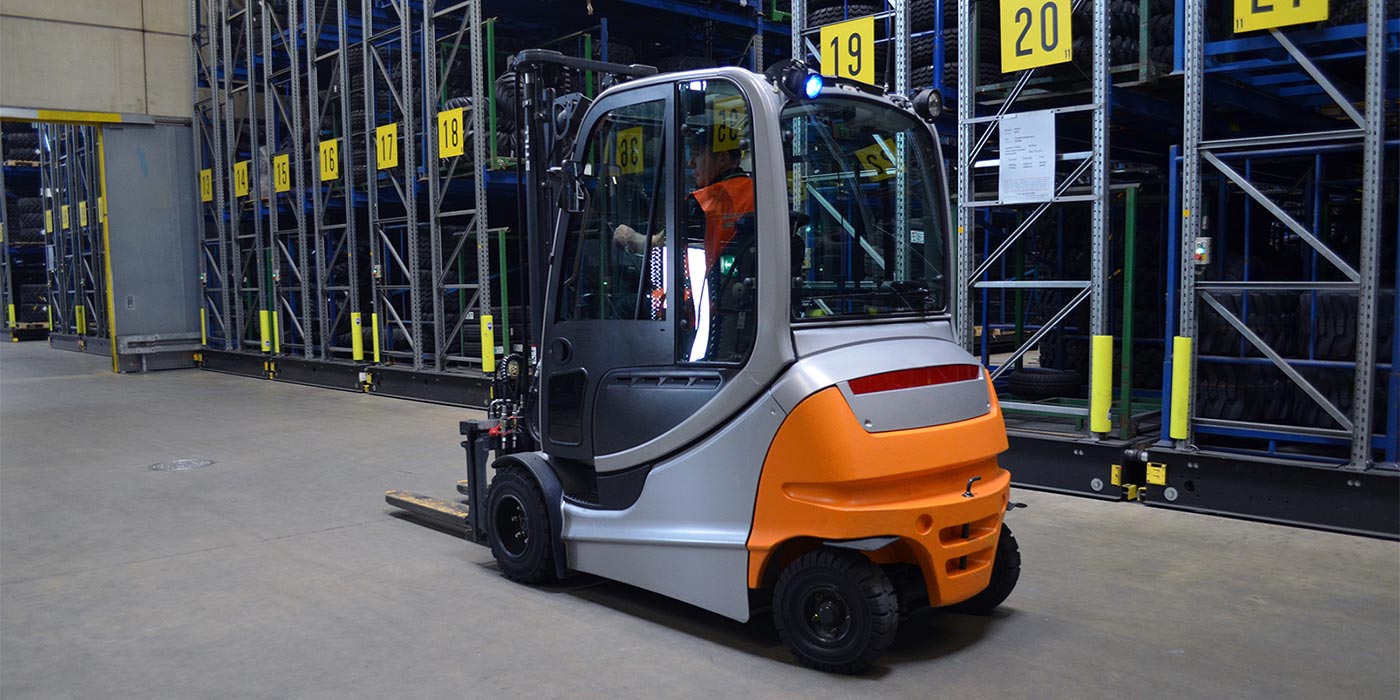Direct TPMS has created opportunities for car dealers and tire shops to add value to their customer service. Without a doubt, the key to successfully servicing direct TPMS is proper training not only for technicians, but for service managers, as well. 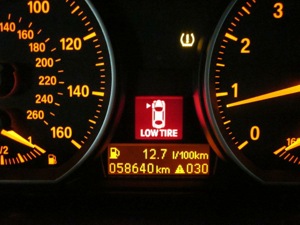
Exceptional knowledge at the service counter not only helps to determine a customer’s needs, it also helps to educate those customers unfamiliar with TPMS. After all, how many drivers actually read the owner’s manual tucked away in the glove box?
Since the passing of the TREAD Act in 2000, in an effort to reduce tire-related problems and accidents due to underinflation, TPMS became mandatory for all light motor vehicles sold in the U.S. after Sept. 1, 2007.
TIA has done a sensational job in helping to educate the tire industry by providing training and educational materials regarding proper TPMS service. TIA offers training kits that can be purchased online, as well as TPMS-related charts and manuals to make servicing and customer education easier.
But with all of TIA’s effort to help the tire service industry, the majority of consumers still lack the knowledge of TPMS and the safety benefits it provides.
According to Mike Pfeiffer, service manager at the Tire Source in Fairlawn, Ohio, “TPMS is good to have on cars, but for a majority of people, it is seen as a nuisance because it can be a large expense at the time of service. One sensor costs $100, on average, and the consumer is not ready for that additional charge.”
There are many options available that are helping to drive down the hardware cost for direct TPMS. As TPMS continues to mature, the pricing is expected to head down due to progression in manufacturing technology and market saturation.
But not all sensors are equal. Pfeiffer explains, “The aftermarket sensors have worked well for domestic vehicles that we service, but we turn to OE sensors for the import vehicles. Roughly 35% of the aftermarket sensors installed on BMW and Mercedes vehicles by our shop were coming back for TPMS malfunctions.
“One case was a customer with a Hyundai Equus who had to come back four times because of aftermarket sensor issues. For this reason, we go right to the dealer for TPMS sensors for import vehicles.”
Eliminating comebacks is important in satisfying the customer and proving that your shop is up to speed when dealing with TPMS. It’s bad enough that the customer gets hit with additional costs, and comebacks only add insult to injury.
There are cases when a direct TPMS sensor fails prematurely – more specifically, when the valve core is discovered to be seized at the time of service. “We generally see seized valve cores when either a valve cap is missing or a non-sealing valve cap is used.”
Pfeiffer goes on to say, “People do not realize the technology that goes into something as simple as a valve cap, and that TPMS sensors require a specific type of valve cap.” Using the proper 15-cent valve cap can prevent further problems down the road.”
Another more common reason for valve core seizure is the use of brass cores instead of nickel-plated versions. Even with the use of sealing valve caps, brass cores will seize inside the aluminum TPMS clamp-in valve because of galvanic corrosion, a condition when dissimilar metals fail to coexist.
Teaching Customers
The intent of the TPMS part of the TREAD Act is to prevent underinflated tire conditions. Yet because of the cost to repair direct TPMS sensors, vehicle owners sometimes choose to ignore the warning light in the dashboard.
“We have customers roll up to the door when their tire pressure warning light comes on,” says Pfeiffer. “Many times it is just low tire pressure. But when the customer realizes they need a sensor replaced after we diagnose their car, they sometimes just drive away, ignoring the light altogether.”
This unintended consequence basically renders the TPMS ineffective. Letting the customer drive off with an inoperative system does not violate the Motor Vehicle Safety Act, since the system was presented to the service shop as inoperative.
“If a customer comes in with a TPMS warning light and a sensor is diagnosed to have malfunctioned, we then try to replace the sensor,” says Pfeiffer. “If we are unable to obtain a sensor quickly and the customer needs their vehicle back, we either re-use the old sensor or a conventional rubber snap-in valve as an emergency.”
Again, this practice does not violate the “make inoperative” provision, since the vehicle was documented to have an inoperative sensor prior to TPMS service.
With the proliferation of rubber snap-in valves used with direct TPMS sensors as a lower cost alternative to clamp-in TPMS valves at the OE level, confusion as to whether or not an assembly has a sensor can occur. Although snap-in TPMS valves have the distinguishing long shoulder and extended valve cap, there are chances for error to the untrained eye.
Pfeiffer says, “Proper training can prevent mishaps; we train all of our techs to treat every tire as if it has a direct TPMS sensor.” The valve companies are working on introducing other means to make the snap-in TPMS valves more distinguishable, especially in poorly lit shop environments.
Indirect Systems
In light of service issues that surround direct TPMS, indirect TPMS may have the advantage. Car manufacturers such as Volkswagen and Audi have turned to indirect TPMS.
Indirect systems rely on increased tire deflection from an underinflated condition in order to trigger a warning at the dashboard. Indirect systems utilize the ABS wheel speed sensors to electronically compare wheel speed with vehicle speed.
For this reason, vehicles delivered with runflat tires utilize direct TPMS, since runflat tires have less deflection in underinflated conditions compared to conventional tires. Indirect TPMS also allows for easy changeover of dedicated winter and dedicated summer wheels and tires, since the wheels do not require pressure sensors.
Educated consumers are learning the issues of TPMS and are sometimes choosing to purchase vehicles with indirect TPMS in order to avoid future headaches and expense. Regardless, TPMS reduces the incidence of underinflated tires on the road, and proper training in servicing these systems will continue to make our highways safer.

